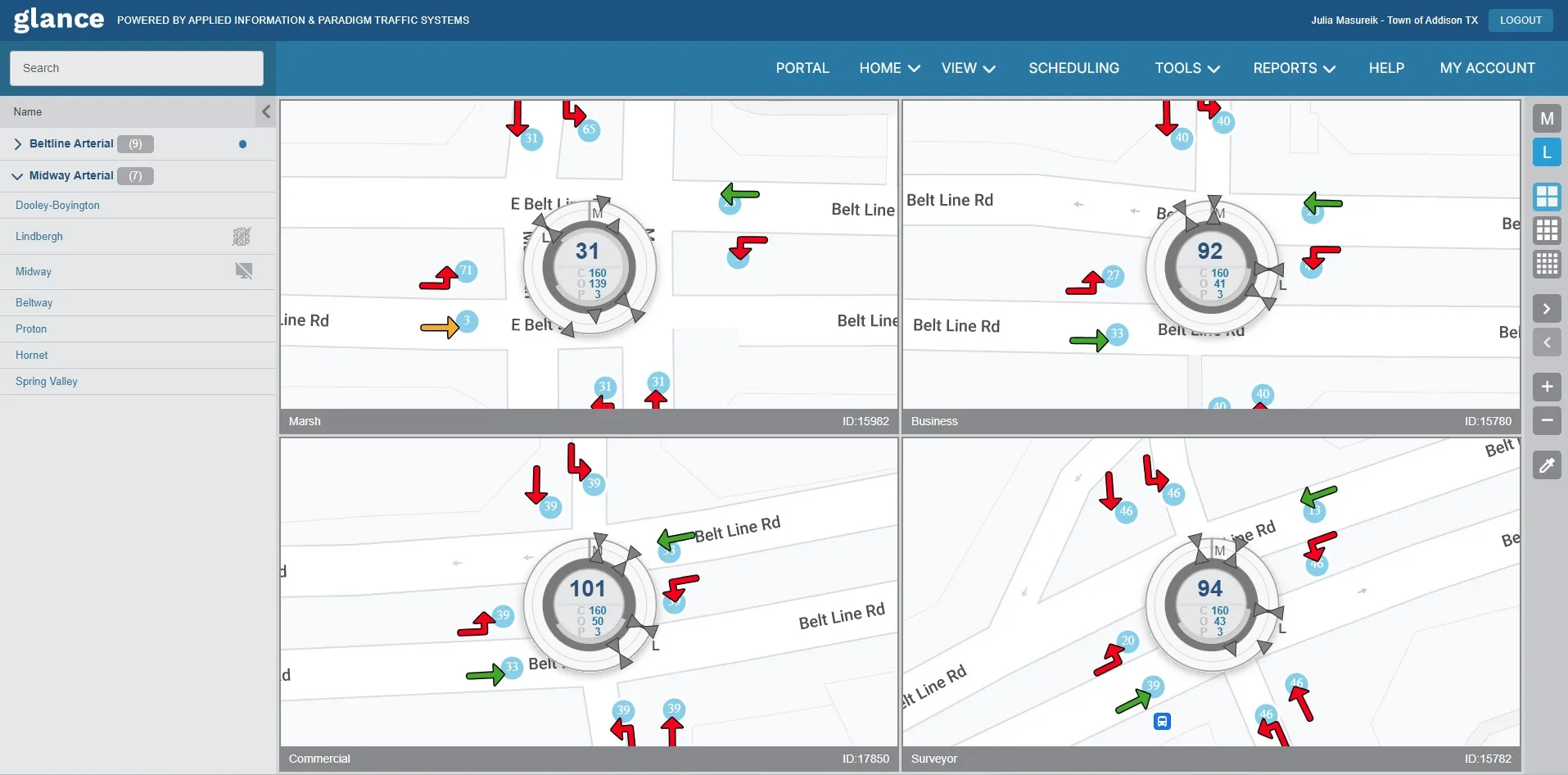US traffic control equipment supplier, McCain, has enhanced its range of full colour dynamic message signs (DMS) by incorporating Swarco’s LED technology. The range, including variable message, blank out and lane control signs now includes new features that improve viewing and maintaining dynamic message signs, while offering lower power consumption.
McCain signs are used communicating traffic conditions, emergency alerts, detours, lane changes, rerouting, and the like to drivers. Building on technology
March 16, 2017
Read time: 1 min
US traffic control equipment supplier, 772 McCain, has enhanced its range of full colour dynamic message signs (DMS) by incorporating 129 Swarco’s LED technology. The range, including variable message, blank out and lane control signs now includes new features that improve viewing and maintaining dynamic message signs, while offering lower power consumption.
McCain signs are used communicating traffic conditions, emergency alerts, detours, lane changes, rerouting, and the like to drivers. Building on technology developed by Swarco, McCain's full-colour DMS signs use precision optics technology that combines colours while focusing and redirecting light. This increases sign clarity by eliminating wasted light as well as colour fading, resulting in colours that remain vivid and true. Additionally, McCain's DMS deliver a contrast ratio that provides a high contrast even when sun angles would typically limit visibility.
McCain signs are used communicating traffic conditions, emergency alerts, detours, lane changes, rerouting, and the like to drivers. Building on technology developed by Swarco, McCain's full-colour DMS signs use precision optics technology that combines colours while focusing and redirecting light. This increases sign clarity by eliminating wasted light as well as colour fading, resulting in colours that remain vivid and true. Additionally, McCain's DMS deliver a contrast ratio that provides a high contrast even when sun angles would typically limit visibility.










